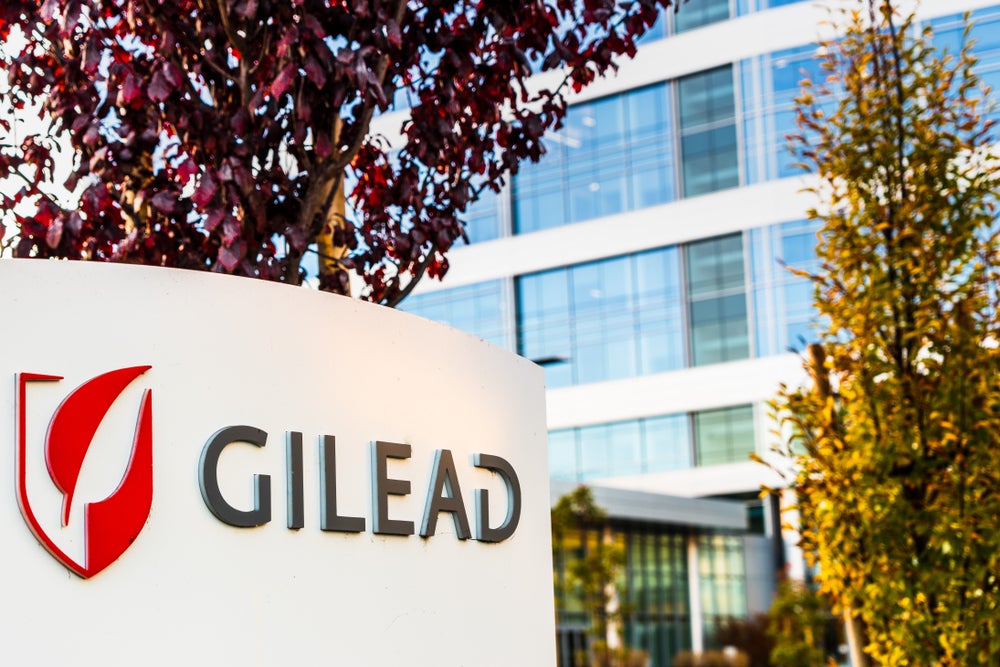Skyrocketing insulin prices in the US have acted as a poster child for a healthcare system plagued by escalating costs and inequity. After President Joe Biden made insulin pricing reform a key policy initiative for 2022, the US Congress has keyed in on legislation to lower out-of-pocket costs.
The Affordable Insulin Now Act, which passed the House by a margin of 232-193 on 31 March , is designed to cap insulin copays at $35 a month under the Medicare prescription drug benefit. For patients on private health insurance, the bill caps insulin cost-sharing at $35 or 25% of a plan’s negotiated price, whichever is less. If the bill, which is now being reviewed by the Senate, finds support and reaches the President, both provisions would begin taking effect in 2023.
While there is bipartisan support for drug pricing policy reform, many Republicans oppose the specific strategy of pricing caps. In the House, 193 Republicans voted against the bill, with 12 Republicans joining Democrats in its support. While Democrats hold a majority in the House, there’s a 50-50 split between the two parties in the Senate, and protocols make it difficult to pass legislation with only a simple majority. In a 1 April statement, the American Diabetes Association has said this co-pay cap “is especially important right now, given the outsized impact of the Covid-19 pandemic on the diabetes community. It’s time to pass a national co-pay cap to bring economic relief to millions of Americans forced to stretch beyond their means every month to pay for their insulin.”
Currently, over seven million people with diabetes in the US require insulin to survive, with nearly one in four struggling to afford insulin. With the rise of reports on insulin rationing and illegitimate black market exchanges, the stakes for sweeping policy reform are high.
What’s already been done?
The concept of an insulin pricing cap first came to fruition in the state of Colorado in 2019. Under the Reduce Insulin Prices Bill law, the Colorado government placed a $100 cap on insurance copayments for a 30-day supply of insulin.
How well do you really know your competitors?
Access the most comprehensive Company Profiles on the market, powered by GlobalData. Save hours of research. Gain competitive edge.

Thank you!
Your download email will arrive shortly
Not ready to buy yet? Download a free sample
We are confident about the unique quality of our Company Profiles. However, we want you to make the most beneficial decision for your business, so we offer a free sample that you can download by submitting the below form
By GlobalDataSince then, at least 14 other states and the District of Columbia have instituted similar insulin pricing caps. Delaware, Illinois, New York, Vermont, Washington, and West Virginia joined Colorado in placing $100 copay caps. Meanwhile, Connecticut, D.C., Minnesota, New Mexico, New Hampshire, and Utah have caps at or below the $35 price point proposed by US Congress.
But just a few years into Colorado’s landmark legislation, there are already questions over whether the bill helps the most vulnerable patients. Many insurance plans are exempt from the cap, and people without insurance can still contend with steep insulin price tags.
How did we get here?
Currently, three major pharma companies control almost all of the US insulin market: Sanofi, Eli Lilly, and Novo Nordisk. According to GlobalData’s Pricing Intelligence Database, the manufacturer price of a 1,000 unit vial of these companies’ best-selling insulin brands has more than quadrupled over the past 15 years.
But pharma companies often point to health insurance plans and pharmacy benefit managers (PBMs) as the key perpetrators of escalating insulin prices. Pharma companies say they have to continue raising list prices to account for increasingly hefty rebates they need to give to payers and PBMs after insulin sales.
The net price of insulin, drug manufacturers claim, is much lower than their advertised list prices. But a lack of transparency in the pricing system makes it difficult to fully understand the actual costs, and rebates do little for the millions of uninsured Americans struggling to afford life-saving medication.
What happens next?
With an uphill battle in the Senate, the Affordable Insulin Now Bill may see major changes if it garners enough votes to pass. In a congressional debate, Wisconsin Republican Congresswoman Cathy McMorris Rodgers said the Affordable Insulin Now Act is “a small piece of a larger package around government price controls for prescription drugs." But with mid-term elections for many Congress members happening later this year, the pressure to pass some form of legislation is high.
With Congress at a relative standstill for now, the advent of e-commerce pharmacies and drug manufacturers offer a path to more affordable insulin. CivicaRx has announced plans to cheaply produce insulin biosimilars at $30 per vial, but experts say uptake challenges loom large.







